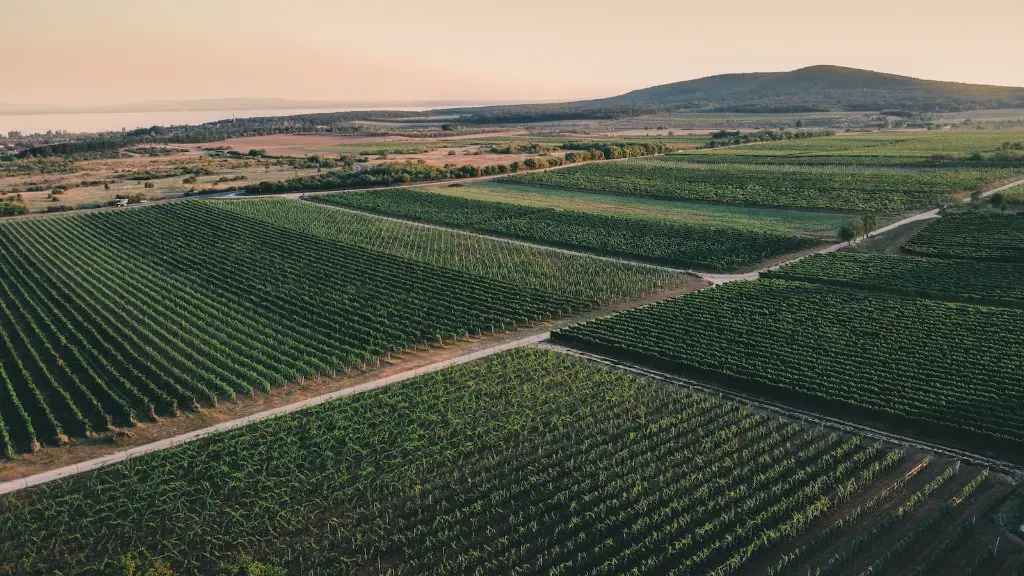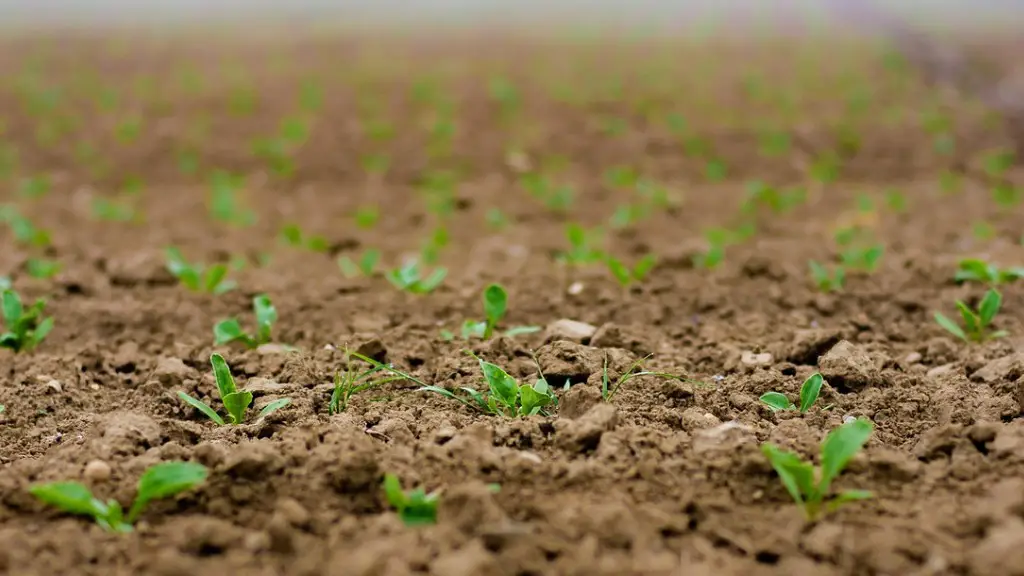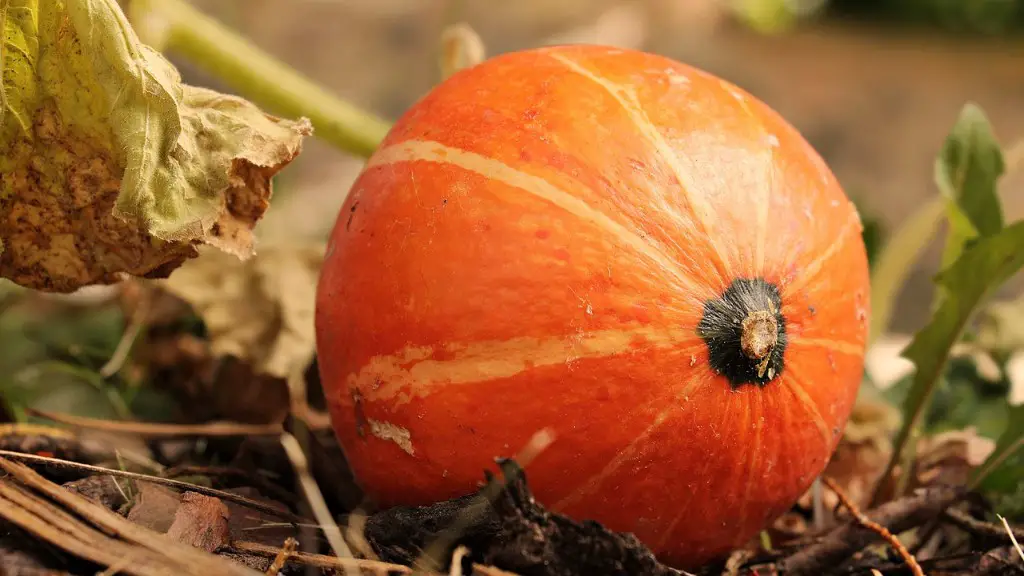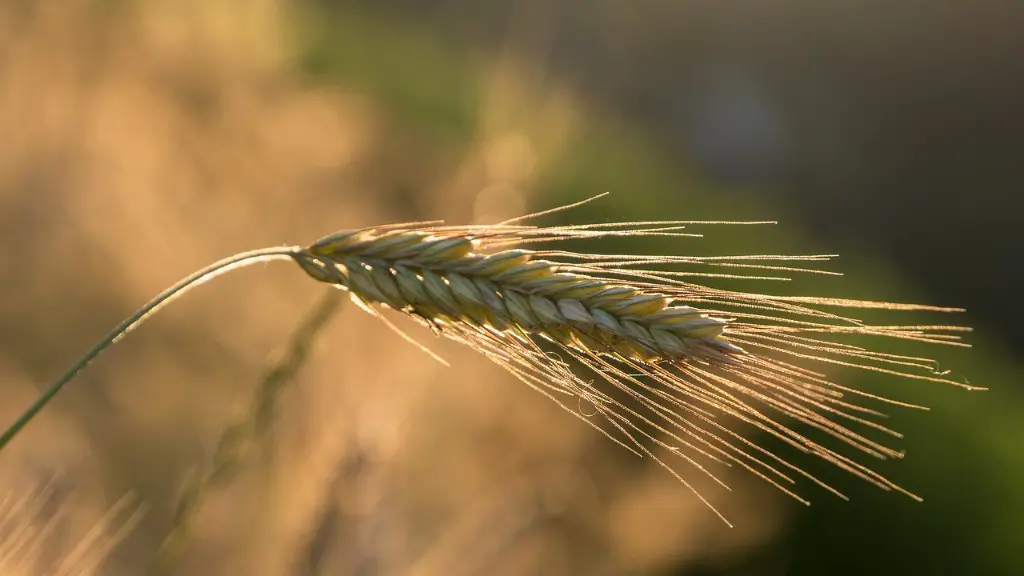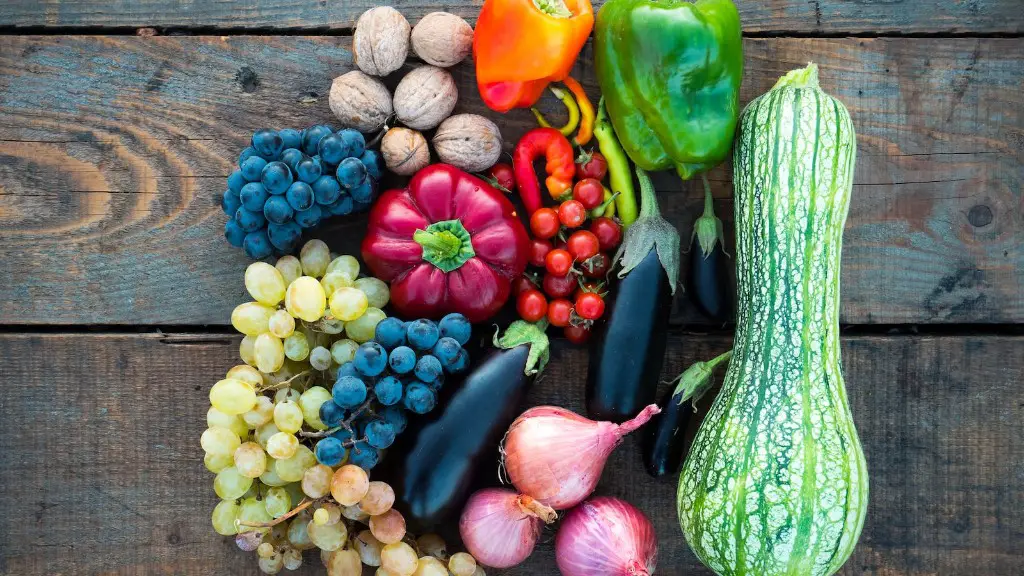There is no silver bullet when it comes to tackling the Sustainable Development Goals (SDGs) in agriculture. But there are a number of things that can be done to make progress.
One is to focus on smallholder farmers. They make up the vast majority of farmers worldwide, and yet they often lack access to the resources and services they need to be productive.
governments and other development partners can help by investing in infrastructure and services that smallholders need, such as irrigation and markets. They can also provide financial support and technical assistance.
Another key is to promote sustainable practices. This includes things like using less water and chemicals, and adopting agroforestry and other climate-friendly practices.
When it comes to the SDGs, there is no one-size-fits-all solution. But by focusing on smallholders and promoting sustainability, we can make agriculture part of the solution.
The Sustainable Development Goals (SDGs), otherwise known as the Global Goals, were adopted by all United Nations Member States in 2015 as a universal call to action to end poverty, protect the planet and ensure that all people enjoy peace and prosperity by 2030.
There are 17 SDGs in total, and Goal 2 is specifically devoted to ending hunger and achieving food security. Given the integral role that agriculture plays in achieving this goal, it is essential that we work to make agriculture more sustainable if we are to achieve the SDGs.
Here are some ways in which we can make agriculture more sustainable and thus help achieve the SDGs:
1. Use more efficient irrigation methods to reduce water wastage.
2. Promote the use of crop rotations to improve soil health.
3. Encourage the use of organic fertilizers and pest control methods to reduce environmental contamination.
4. Increase the area of land under organic agriculture.
5. Support small-scale farmers and promote fair trade practices.
How do we achieve sustainable agriculture?
Sustainable agriculture practices are those that protect the environment and conserve natural resources while still being productive. Some sustainable agriculture practices include rotating crops, planting cover crops and perennials, reducing or eliminating tillage, and adopting agroforestry practices. Sustainable agriculture is not only good for the environment, but can also be economically viable and provide a secure food supply.
The Sustainable Development Goal 2 (SDG2) calls for an end to hunger, food insecurity and malnutrition by 2030. SDG2 also aims to promote sustainable agriculture and ensure access to nutritious and affordable food for all. In order to achieve these goals, we must address the root causes of hunger and malnutrition, including poverty, conflict and climate change. We must also invest in sustainable agricultural practices that help small-scale farmers and communities become more food secure and resilient to shocks.
How you can help achieve the SDG goal
There is no one silver bullet to end poverty, but there are many things we can do to fight it. We need to address inequality and injustice, and we need to fix climate change. We need to do all of these things if we want to end poverty for good.
There are many ways that we can support sustainable food systems. One way is to start our own gardens and raise our own chickens for eggs. This way, we know exactly where our food is coming from and how it was grown. Another way is to eat local and organic food. This supports local farmers and ensures that we are eating food that is good for us and the environment. We can also close the loop by composting our food scraps and using them to fertilize our gardens. Additionally, we can join local food clubs or groups that support sustainable food systems. Another way to support sustainable food is to eat less meat and more vegetables. This reduces our impact on the environment and helps to ensure that we are eating a balanced diet. Finally, we can support sustainable food systems by volunteering with a local farm or food justice organization. This helps to promote awareness and education about sustainable food systems and how we can all play a role in supporting them.
What are the 5 main components of sustainable agriculture?
The only difference between sustainable farming and conventional farming is the approach that farmers take to these components. In sustainable farming, farmers take a more holistic approach to managing these components in order to protect the environment and conserve resources. In contrast, conventional farming takes a more isolated approach to these components, with the goal of maximizing production.
Sustainable agriculture is an approach to farming that integrates three main goals: environmental health, economic profitability, and social equity. A variety of philosophies, policies and practices have contributed to these goals, but a few common themes and principles weave through most definitions of sustainable agriculture.
The first theme is the need to protect and enhance natural resources. This includes soil, water, and biodiversity. Sustainable agriculture systems should be designed to maintain or improve the quality of these resources, while also meeting the needs of farmers and society.
The second theme is the need for economic viability. Farmers need to be able to make a living from their land, and sustainable agriculture systems should be designed to provide this economic stability.
The third theme is social equity. Sustainable agriculture should provide benefits for all members of society, including farmers, workers, consumers, and the larger community. It should also strive to create a more just and equitable world.
There are many different ways to achieve these goals, and there is no one-size-fits-all approach to sustainable agriculture. But by working towards these three goals, we can create a more sustainable future for our food system.
What is the main goal of a sustainable agriculture?
Sustainable agricultural practices are those that are intended to protect the environment, expand the Earth’s natural resource base, and maintain and improve soil fertility. These practices can include but are not limited to crop rotation, cover crops, and the use of organic fertilizers.
The growth in the agriculture sector is two to four times more effective in raising incomes among the poorest compared to other sectors.
This is because agriculture is the main source of livelihood for the poorest people in the world. It is also crucial to economic growth: accounting for 4% of global gross domestic product (GDP) and in some least developing countries, it can account for more than 25% of GDP.
The World Bank Group is committed to supporting the agriculture sector through its investments and programmes. We believe that by investing in agriculture, we can help reduce poverty and hunger, and promote economic growth.
What are the four ideas of sustainable agriculture
Elements of sustainable agriculture are practices that preserve and protect resources important to farming. This includes soil, water, biodiversity, and downstream resources. Sustainable agriculture also promotes the health and well-being of those working or living on the farm. Practices like permaculture, agroforestry, mixed farming, multiple cropping, and crop rotation are all part of sustainable agriculture.
Sustainable development has become a popular term in recent years, but what does it actually mean? In general, sustainable development is the process of meeting our current needs without compromising the ability of future generations to meet their own needs.
There are many different factors that contribute to sustainable development, but five of the most important are social sustainability, environmental sustainability, economic sustainability, resource sustainability, and energy sustainability.
Social sustainability focuses on creating a just and equitable society where everyone has the opportunity to reach their full potential. This includes factors like access to education, healthcare, and social services, as well as affordable housing and safe communities.
Environmental sustainability is about protecting and restoring the natural environment, so that it can continue to provide the resources and services we need. This includes things like reducing pollution and greenhouse gas emissions, protecting biodiversity, and improving land and water management.
Economic sustainability is about ensuring that economic development meets the needs of current and future generations. This means creating jobs and businesses that are environmentally and socially responsible, and that generate fair incomes. It also includes ensuring that economic growth does not come at the expense of environmental protection.
Resource sustainability is about using resources in a way that meets the needs of current and future generations. This means using
What are different sustainable agriculture techniques?
Sustainable agriculture practices can help improve air quality by incorporating crop residue into the soil, using appropriate levels of tillage, and planting windbreaks, cover crops or strips of native perennial grasses to reduce dust. These practices can help to keep soil in place, which can reduce dust particles in the air and improve air quality.
Permaculture is a sustainable farming practice that involves using natural resources to create an agricultural ecosystem. Aquaponics and hydroponics are two sustainable methods of growing plants without the use of soil. Solar, wind, and other renewable energy resources can be used to power farming equipment. Crop rotation and polycultures are two sustainable ways to increase crop yields. Trees can be used to create windbreaks and increase crop yields.
What are 6 ways of sustainable development
The Sustainable Development Goals (SDGs) are a set of 17 goals adopted by the United Nations in 2015. The SDGs are: no poverty; zero hunger; good health and well-being; quality education; gender equality; clean water and sanitation; affordable and clean energy; decent work and economic growth; industry, innovation and infrastructure; reduced inequalities; sustainable cities and communities; responsible consumption and production; climate action; life below water; life on land; peace, justice and strong institutions; and partnerships for the goals.
There are many sustainable development examples that are helping to change the world and preserve our future. Some of these include TRUEGRID permeable pavers, solar panels, waste-to-energy recycling, water treatment plants, and wind turbines. These examples show that it is possible to develop sustainably and help preserve our planet for future generations.
Which is the best way to achieve a sustainable environment?
The ocean is vital to life on Earth and plastic pollution is a very real threat to its health. Avoiding the use of plastic bags is one way we can help to keep the oceans clean.
Trees are essential for a healthy environment and planting more trees is one way we can help protect the planet. Biking, walking or using public transportation are some sustainable ways to get around our cities and communities. Reusing and recycling items such as paper, plastic, glass and aluminum help reduce waste and conserve resources.
1.Growing enough food: A significant challenge sustainable farmers face is growing enough food for the world’s increasing population.
2.Water scarcity: Another challenge is loss of usable land due to water scarcity.
3.High energy use: High energy use is another challenge, as sustainable farmer must use efficient irrigation systems and other tractor-powered equipment.
4.Climate change: Climate change is also a challenge, as sustainable farmers must adapt their practices to changes in weather patterns.
5.Cost-efficiency of sustainable practices: A final challenge is the cost-efficiency of sustainable practices. Many sustainable farmers find it difficult to compete with large-scale, conventional farms.
Conclusion
The Sustainable Development Goals (SDGs) are a set of targets for sustainable development adopted by member states of the United Nations in 2015. The SDGs encompass a broad range of environmental, social, and economic issues, and include targets related to agriculture.
To achieve the SDGs in agriculture, we need to promote sustainable agricultural practices that are efficient and resilient, and that help to conserve and restore natural ecosystems. We also need to support small-scale farmers and ensure that they have access to the resources and information they need to be successful. Additionally, we need to promote fair trade and value chains that benefit all actors, and create opportunities for women and youth in agriculture.
The private sector has a big role to play in achieving the Sustainable Development Goals in agriculture. To achieve SDG2 (zero hunger), SDG3 (good health and well-being), SDG6 (clean water and sanitation), and SDG15 (life on land), the agricultural sector needs to produce more food with fewer resources and less pollution. The private sector can help by investing in sustainable agriculture, developing new technologies, and supporting small-scale farmers. governments and civil society organizations also have a role to play in ensuring that the agricultural sector meets the SDG targets.
